First, update current local time in Italy. We only remember time zones when we have to travel or because of the annoying jet lag we have to get used to the first few days of our holidays and when we come back home. In an increasingly connected and globalised world, we cannot ignore this convention. However, moving the hands of the clock can save us some inconvenience. Moreover, it is very important to adjust to the local time and to make sure you have the correct time in the case of standard time and summer time. Let's see how!
In Italy, the standard time zone is Central European Time (CET), which is UTC+1. During daylight saving time, which generally runs from the last Sunday in March to the last Sunday in October, the time zone is Central European Time (CET), which is UTC+2.
At the moment, the current time in Italy is...

Something useful about time... current local time in Italy!
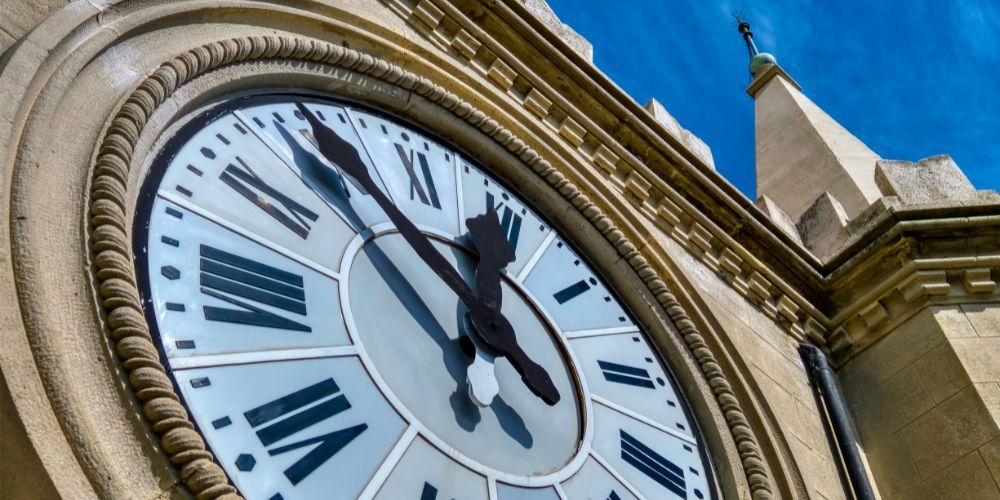
Once in Italy, always remember to check the time in Italy and the opening hours of shops, public offices and especially local transport. Keep in mind that they vary not only from region to region, but from city to city. Always refer to the official websites, ask the concierge at the hotel or the locals to avoid unpleasant inconveniences. It may happen, for instance, that summer/winter train timetables are not up-to-date, always update your clocks with the time in Italy. Thus, you might wait unnecessarily, missing the appointment for the guided tour you have been dreaming of forever. In short, prevention is better than cure!
When and how did we start counting time?
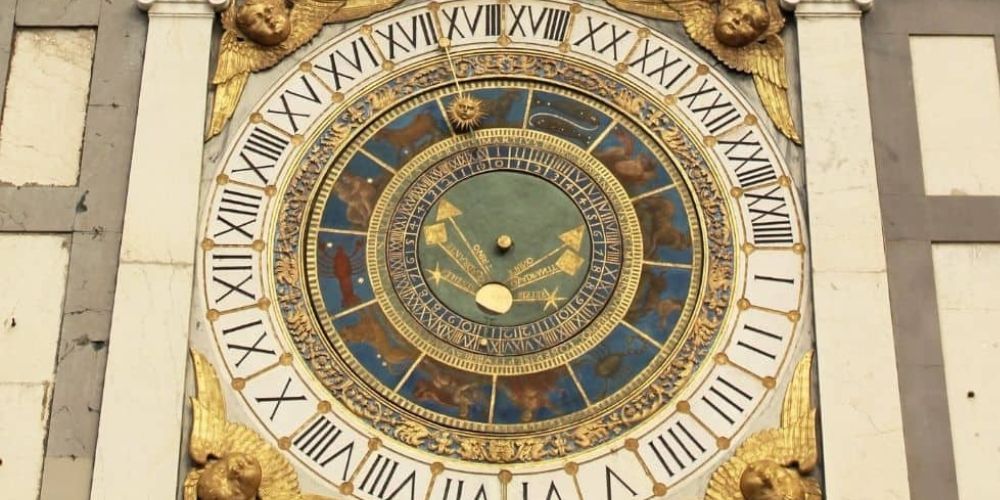
In the past, calculating time was not a simple procedure. Think of the first form of the sundial in use in ancient Egypt around 3500 BC. It used the shadow cast by a pole or obelisk using sunlight. Consequently, this system proved useless in the absence of the sun (at night or on very cloudy days).
Therefore, local time was "local" and generally marked by a visible clock. The zenith-based time gauge stood out in the town's main square, although it differed from area to area. As long as you stayed in your town, this was not an issue, but it was a significant problem for travellers.
If, for example, the exact sunrise and sunset times do not coincide between northern and southern Italy, it is logical that one could not rely on the sun. Thus, in 1884, a system was created that would somehow synchronise time to facilitate travel, communication and trade. Today it would be unthinkable to live without it.
The origin of Time Zones
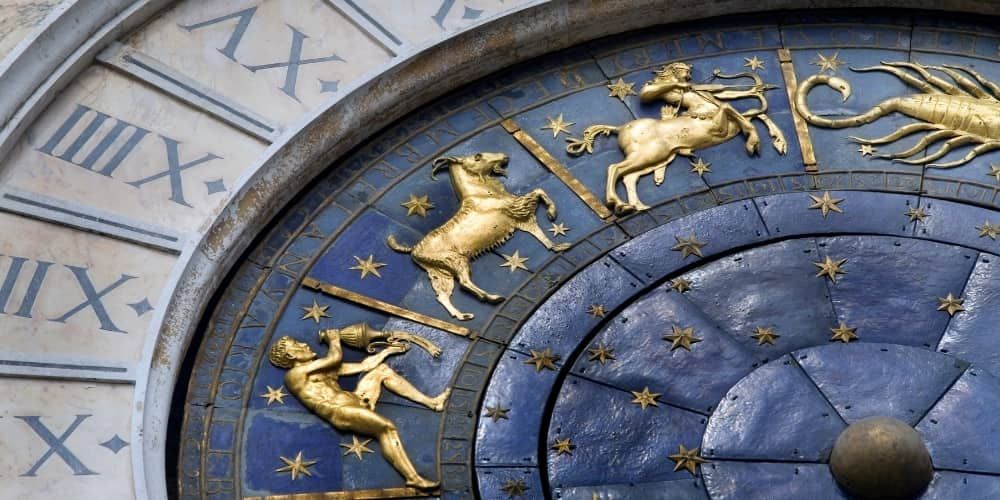
Everything is based on the Greenwich meridian in Great Britain, which is the starting point, the so-called Zero meridian, where zero is the longitude. It crosses the Astronomical Observatory located in the London suburb bearing the same name. It is from here that all time zones have been calculated for the last 137 years. How?
Let's start with the fact that the Earth is a sphere that takes 24 hours to complete one revolution. The rotation is 360°, so if we divide degrees by hours, we get 15°, which is the rotation our planet makes in one hour. Thus, the world has been divided into 24 macro-areas. However, there are 39 different time zones due to the imprecise correspondence between the bands identified by the meridians and the borders of the States. There are, in fact, countries that differ by 30 or 45 minutes and not one hour. For example, Nepal has a time zone of GMT +5:45. Added to this is daylight saving time, which is not the same for all countries.
A glance at Italy...
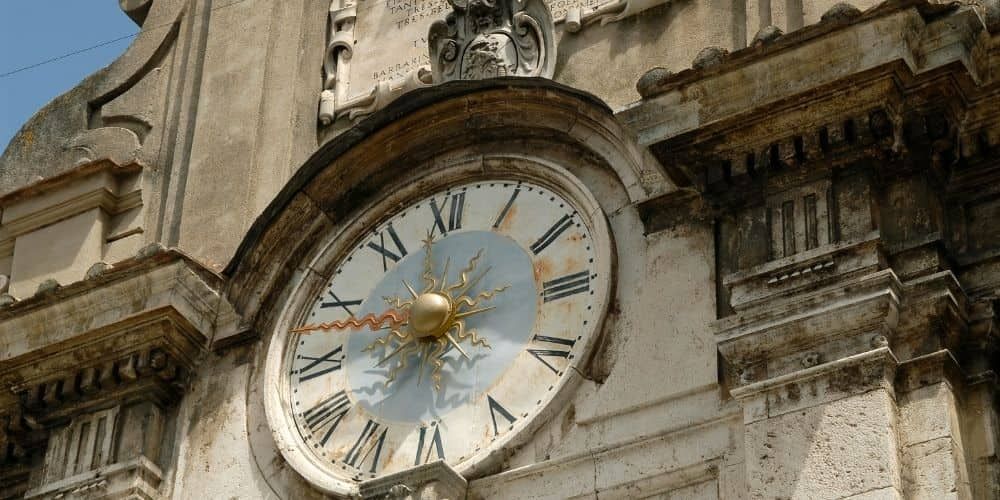
Italy, compared to GMT (Greenwich Mean Time), is at GMT+1. However, the time zone is measured in UTC, which coincides with GMT except for infinitesimal approximations. Let's take a brief look at the difference. UTC (Universal Time Coordinated) is the Universal Time Coordinated that passes through the Greenwich Observatory. It represents the time measured with atomic clocks. GMT, on the other hand, is the time measured by astronomical observations.
As of 1 January 1972, the time zone is measured in UTC. This results in UTC+1, UTC+2, etc. Let's now take a look at some time zones for those travelling in Italy from the rest of the world, but always paying attention to daylight saving time, which we will discuss later.
London is one hour behind Italy, so if it's 12 noon in England, it's 1 p.m. here. Paris, Berlin, Madrid have the same time as Rome, so travellers from these cities do not suffer any difference. The Canary Islands, however, are 1 hour behind Italy. Moscow is 2 hours ahead, while New York is -6 hours and Chicago is -7 hours behind us. Rio de Janeiro is -4 hours behind Italy and, moving eastwards, Beijing is +7 and Tokyo +8. In the southern hemisphere, Sydney is +10 hours behind Italy. So, let's summarise: travelling eastwards, the time zone has a positive sign (+), and we add hours while travelling westwards, it has a negative sign (-), so we subtract them.
Daylight saving time and standard time
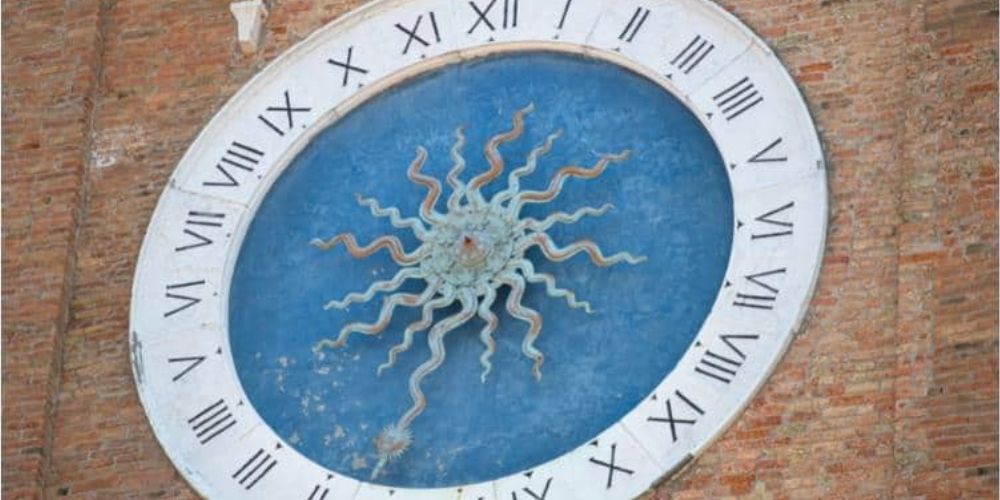
At this point, we can introduce the two concepts of solar time (standard time) and daylight saving time (summer time). Solar time is nothing more than the time in our time zone, the natural time of the sun. On the other hand, daylight saving time involves moving the hands of the clock forward one hour. Basically, the purpose of daylight saving time would be to take full advantage of the hours of daylight, thus saving energy. Even though it is not a time zone, daylight saving time is one more aspect to consider when travelling abroad or interacting with other countries.
According to history, it would seem that back in 1895 it was New Zealand entomologist George Vernon Hudson who proposed moving the hands (by a good two hours, however) to enjoy the daylight hours in summer. His intuition, which fell on deaf ears at the time, was cunningly dusted off by the British manufacturer William Willett, and in 1916 British Summer Time, moving the hands forward one hour in summer, was finally approved. The reason lies in the economic needs dictated by the First World War to save energy to support the war effort. And in Italy? Italy and the countries involved in the conflict adopted reflexively and for obvious logistical reasons.
Daylight Saving Time in Italy
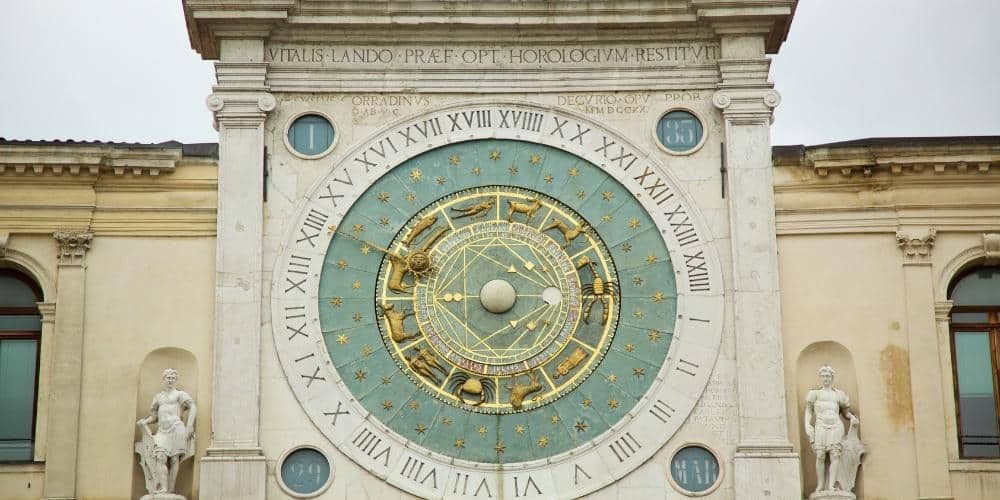
In Italy, daylight saving time was introduced at midnight on 4 June 1916, by legislative decree 631 of 25 May 1916. Initially, this time remained in force until 1920. Subsequently, daylight saving and standard time alternated during the Second World War, with an interruption in 1948. However, in 1966 it was decided to stabilise this practice and, during the 1980s, daylight saving time was extended from 4 to 6 months (March to September). In 1996, through the Law 4 June 2010 n.96, art.22 established that all EU countries have common dates for the beginning and the end of summer time. Therefore, daylight saving time is introduced on the last Sunday of March at 01:00 UTC (02:00 Italian standard time), while solar time comes into force on the last Sunday of October at 01:00 UTC (03:00 Italian standard time).
However, other non-European countries, including Switzerland and the United States, align themselves with this convention, although the latter have different starting dates (second Sunday in March and first Sunday in November). Many other countries, however, do not adopt daylight saving time.
For some time now there has been an internal debate within the EU on the proposal to abolish daylight saving time. However, no unanimous decision has been reached and Italy has opted to keep everything as it is. Therefore, between 26 and 27 March 2022, the hands of the Italian clock will once again jump forward by an hour.
The Italian time zone is therefore UTC+1 during solar time and UTC+2 during summer time. CET (Central European Time), which also includes Italy, is indicated by the abbreviation UTC+1. Please note! This is only valid in the winter months, during solar time and NOT during daylight saving time. In summer, when we set the clock one hour ahead, we should remember that in Italy, we change from UTC+1 to UTC+2. So, in addition to the time zone, remember to set your clocks so that you are not late for your appointments in Italy!
Have you ever met anyone in your entire life who asked why the hands of a clock should go in one particular direction and not the other?”
About the author
Written on 24/11/2021

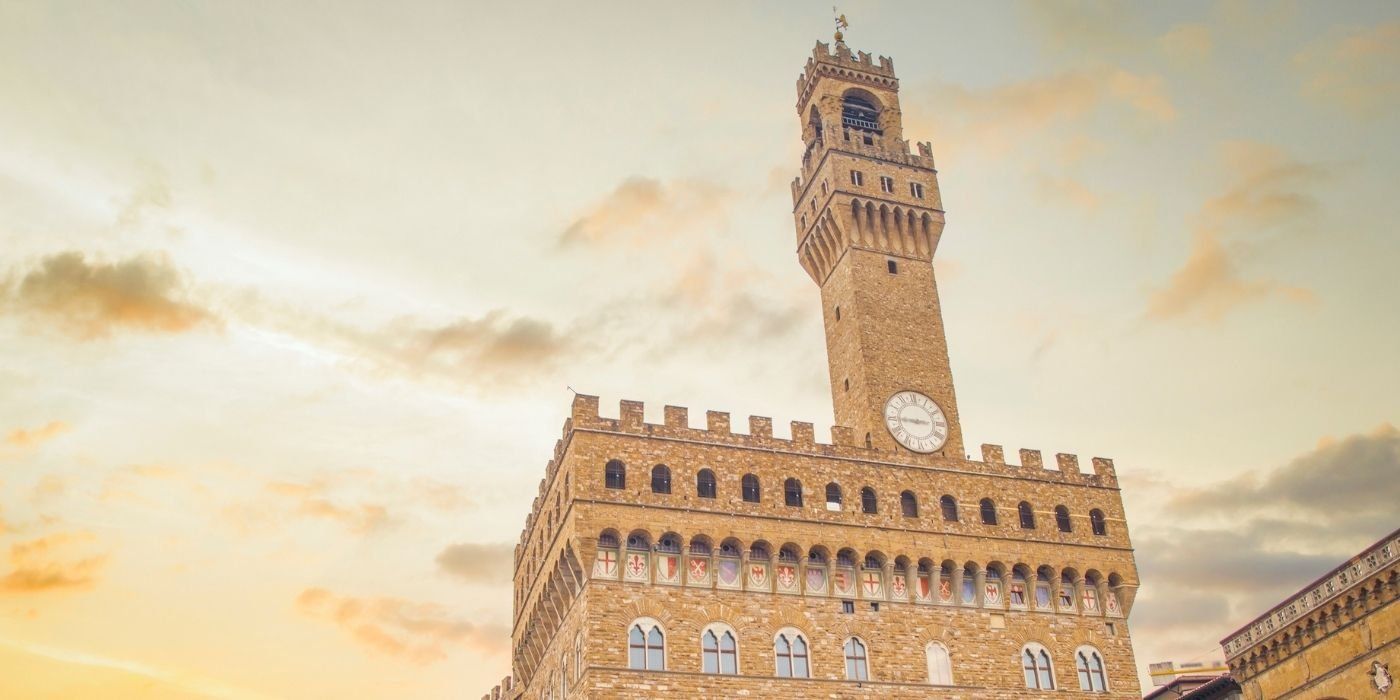

Alessandra Festa
Do you come from the other side of the world and want to know what time it is in Italy and what daylight saving time is? Visit Italy reveals all the curiosities and useful information about it.